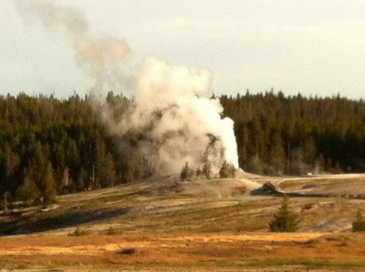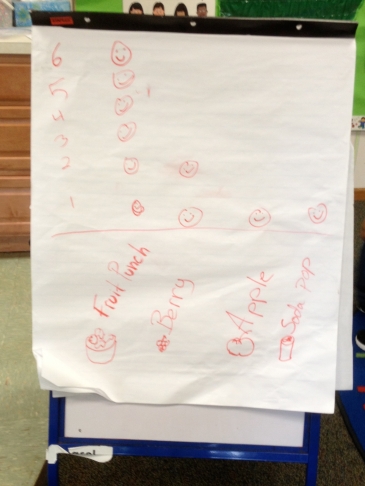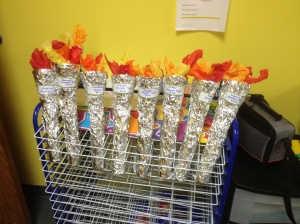Long story short: I became a mathematics teacher like my forefathers before me.
Basically, I went and took the Middle School Mathematics certification test. And because this is how my life works, that’s what I got hired to teach. But I have an admission to make – I like teaching math, but I really struggle with it.
Most of my mathematics knowledge is tacit knowledge. I don’t think about problem solving, particularly not at the pre-algebra level that my students are learning at. I just solve the problem. My parents described the situation as having a lot of power, but not much finesse. So my challenge is turning that tacit knowledge into something that I can share with the kids.
There’s also a huge problem in the culture of education right now, which you probably know about if you are reading this. Your measure of success, career stability, and financial value is a test score. The test is written and graded by a gigantic corporate entity that apparently has no experience whatsoever with children in general and seventh graders in specific.
There’s a standard approach to mathematics instructions that has been used in the classroom for over a century -I’ve read about it being called I-We-You, or sometimes it’s called Gradual Release of Responsibility. Basically the teacher explains the concept, then we solve some problems as a class together, and then the student is expected to solve the problems. Despite it being the prevalent practice, it’s not actually the best practice. Kids and adults hate and despise math and are missing out on the best part of it because they are so caught up in algorithms and computation and I-We-You.
The practice that’s considered most effective is You-You All – We. In this sequence, a student takes a problem and tries to solve it. Then they work with a small group to discuss their solutions, and then the teacher leads a whole group discussion of solutions. If there are textbooks written this way, I don’t have one. (Actually I have no textbook whatsoever).
The two problems with this approach are as follows: 1. This approach takes time, which, when I consider the number of standards I am supposed to teach them and that they may be tested on, I am not sure I have. 2. If kids are used to I-We-You they seem to be incredibly resistant to trying any other approach. Frequently attempts at doing so end in tears, even for students who do well in math. Sometimes particularly for students who do well in math.
Or maybe I’m just doing it wrong. It’s not like there’s anybody who can tell me if I am; it seems like these are pretty uncharted waters.








